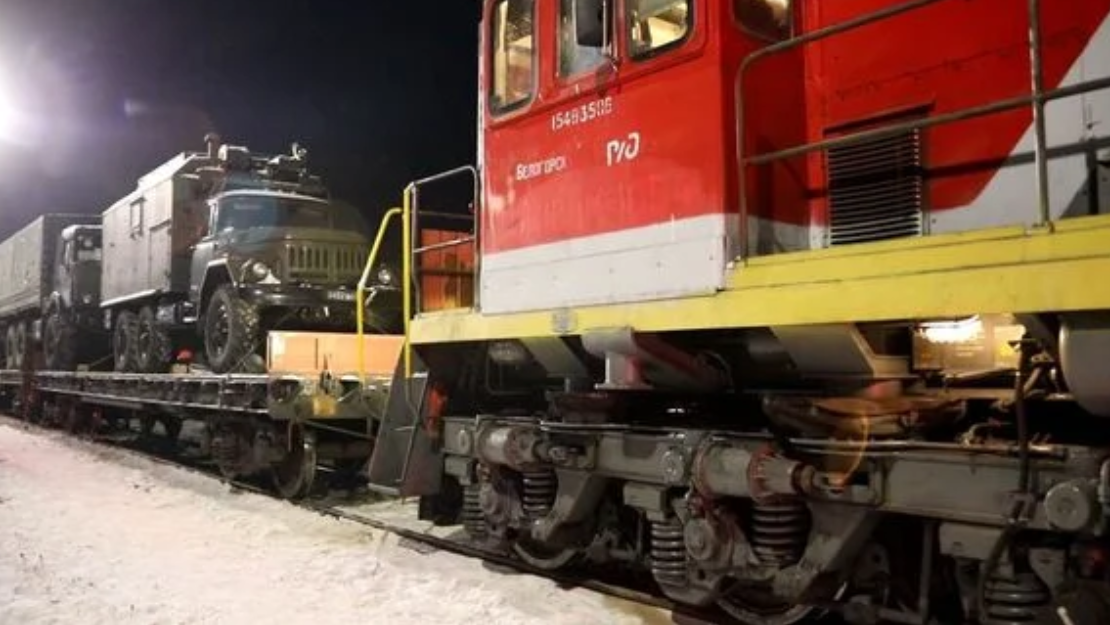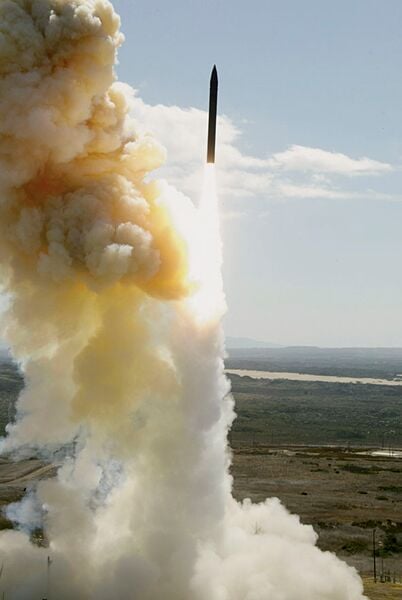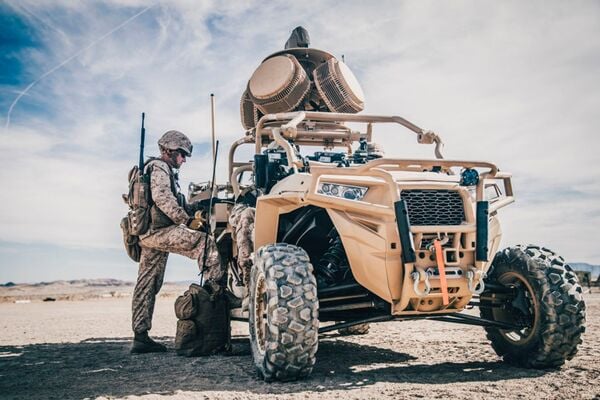- About
- Intara
- Capabilities
- Advisory
- Resources
- News
- Store
Russian build-up on Ukrainian border enters new stage
25 January 2022
Following a relative lull in activity after 1 January, Russia's armed forces appear to have entered their highest level of activity and movement since the autumn-winter build-up began in late October.
Evidence indicates activity from all of Russia's major regional commands, and Moscow has also signalled that it will move a large number of surface vessels, including six landing ship tanks (LSTs), a cruiser, and a destroyer, into the Mediterranean Sea, where they could easily continue into the Black Sea. Janes expects the LSTs to enter the Mediterranean Sea by mid-week, followed by Pacific Fleet vessels by the end of the week. Russia also appears to be activating some troops and may be beginning to move aircraft and ground-support crews to operational airbases.

Russian troops and equipment arriving in Belarus in January 2022. (Russian MoD)
By far, the most significant of the movements is the mass deployment of forces from all five Eastern Military District (EMD) commands into Belarus under the guise of the Russian-Belarusian exercise, ‘ Allied Resolve 2022'. The EMD has deployed at least 15 units from all four of its combined arms armies and the Pacific Fleet since 4 January, with advanced elements having arrived in Belarus on 17 January.
The EMD force is well beyond its normal training, with the district's ground forces typically not leaving the district. It is equipped with at least two Iskander-M battalions, both of which have been observed carrying 9M273 ballistic missiles, long-range BM-27 multiple rocket launchers, and a large number of main battle tanks including the modernised T-80BVM and T-80BV, supported by army-level communications and logistics.
The Russian Ministry of Defence (MoD) has also announced the deployment of 12 Su-35Ss, two battalions of S-400 air-defence systems, and a Pantsyr-S air-defence battalion to Belarus as part of the exercises, with the combat aircraft and Pantsyrs having arrived.
In addition to the large-scale mobilisation of EMD ground forces, Janes has found evidence suggesting that Russia's remaining regional commands are also beginning to activate and deploy their forces. Units from the Central, Southern, and Western Military Districts appear to be deploying additional equipment, including tanks, artillery, and communications systems, to established sites near the Ukrainian border.
| Analysis |
|---|
Estimates indicate there is equipment for 50–65 battalion tactical groups (BTGs) in regions bordering Ukraine in both Russia and Belarus. Around half of these are drawn from units permanently deployed within 250 km of the border, with the remainder having been deployed during the spring or the more substantial October build-up. The Russian MoD claims Russia has 168 permanent-readiness BTGs, indicating around a third of them are now stationed near the Ukrainian border.
|

Lockheed Martin snags multibillion-dollar NGI contract
16 April 2024
by Meredith Roaten


The Ground-Based Interceptor was launched from Vandenberg Air Force Base in California to simulate a combat launch from Fort Greely in Alaska. (Missile Defense Agency)
The Next Generation Interceptor (NGI) competition has come to an end as Lockheed Martin was selected as the prime to continue development of the weapon through critical design review (CDR), all-up round qualification, integration with the Ground-Based Midcourse Defense (GMD) system, and flight testing, the US Missile Defense Agency (MDA) announced on 15 April.
USMC plans to buy high-power ULTV variant
11 April 2024
by Aaron Lin


A marine programs a counter-unmanned aircraft system on a Light Marine Air Defense Integrated System (LMADIS) during a predeployment training exercise at Marine Corps Air Ground Combat Center, Twentynine Palms, California. (US Marine Corps)
The Ultra Light Tactical Vehicle (ULTV) programme – a US Marine Corps (USMC) replacement for the ageing Utility Task Vehicle (UTV) – will now include a variant with more exportable power, according to Janes analysis of budget documents.
Feature: Arctic formations taking shape in US Army
02 April 2024
by Meredith Roaten


A convoy of Cold Weather All-Terrain Vehicles perform command-and-control operations for the Joint Pacific Multinational Readiness Center training rotation in Fort Greely, Alaska. (Janes/Meredith Roaten)
Life in the Arctic can shift from -40ºF with 20 to 30 mph winds one week to the snow melting away as temperatures climb closer to 40ºF every day the next week. This kind of chaos makes the Joint Pacific Multinational Readiness Center (JPMRC) 24-02 training rotation an excellent trial for new US Army equipment and operations in contested environments, top service officials told Janes .
Following a relative lull in activity after 1 January, Russia's armed forces appear to have entered ...
Latest Podcasts
Iran Israel analysis
In this podcast Janes analysts discuss the Iranian attacks on Israel on the 14 April. They highlight the military systems used by Iran and the performance and impact of these on Israel. They also discuss the implications of this attack goi...
Listen nowJanes Case Studies
Using Janes Intara to build a common intelligence picture: Russian build up on the Ukrainian border
View Case StudyNews Categories
 Security Details
Security Details